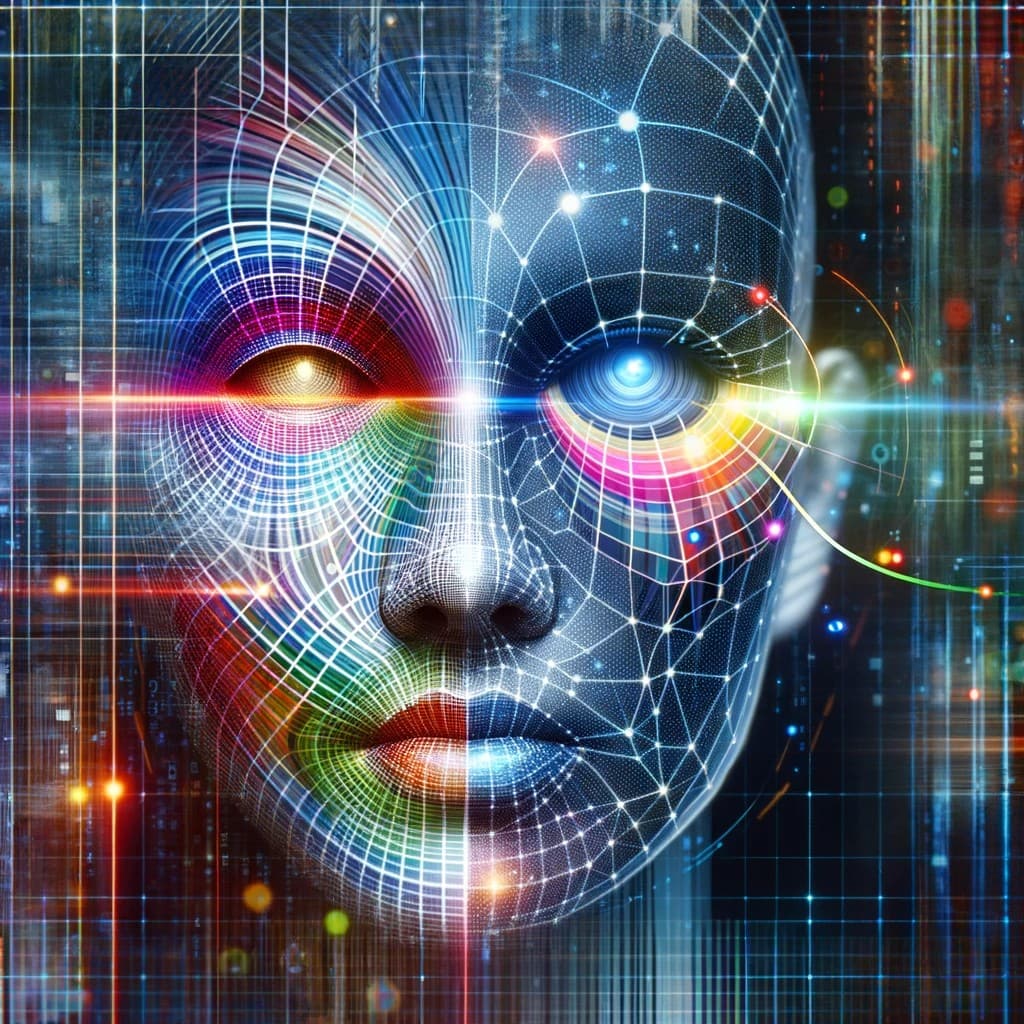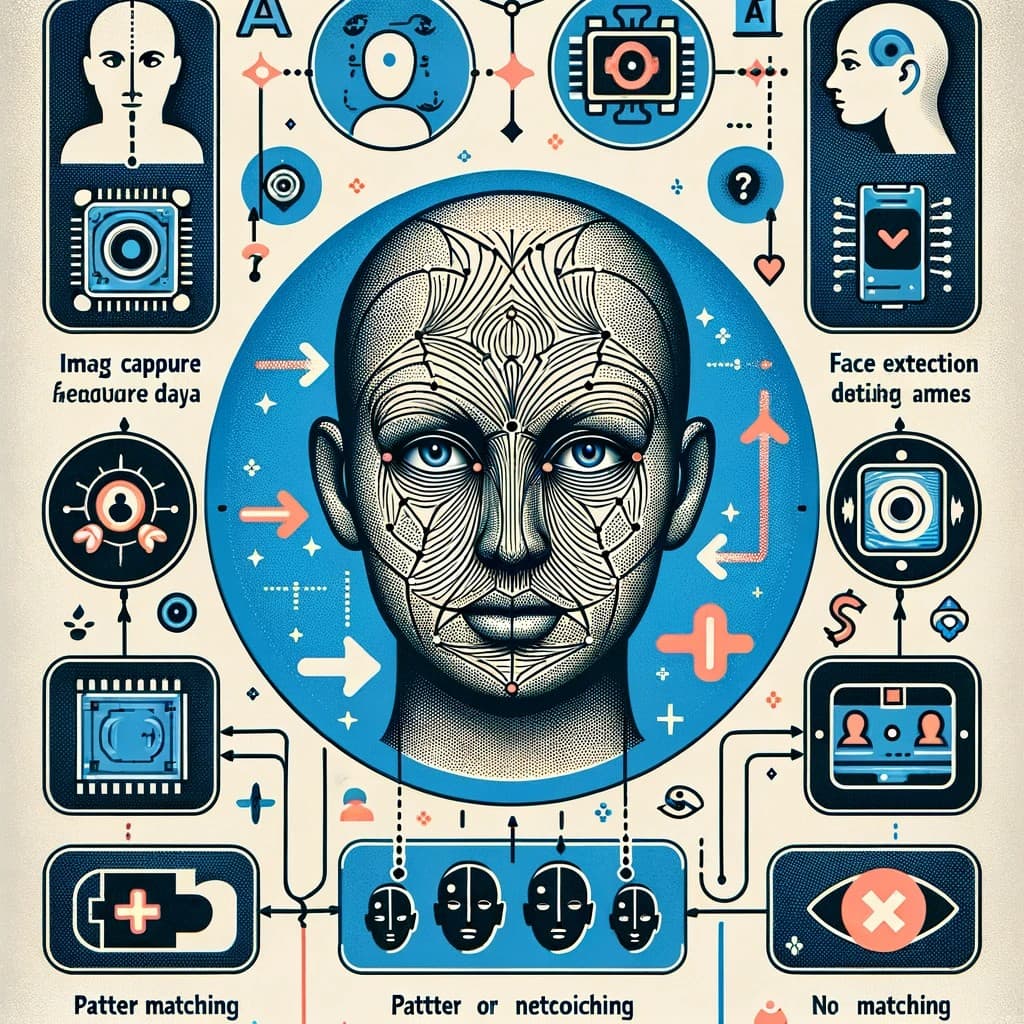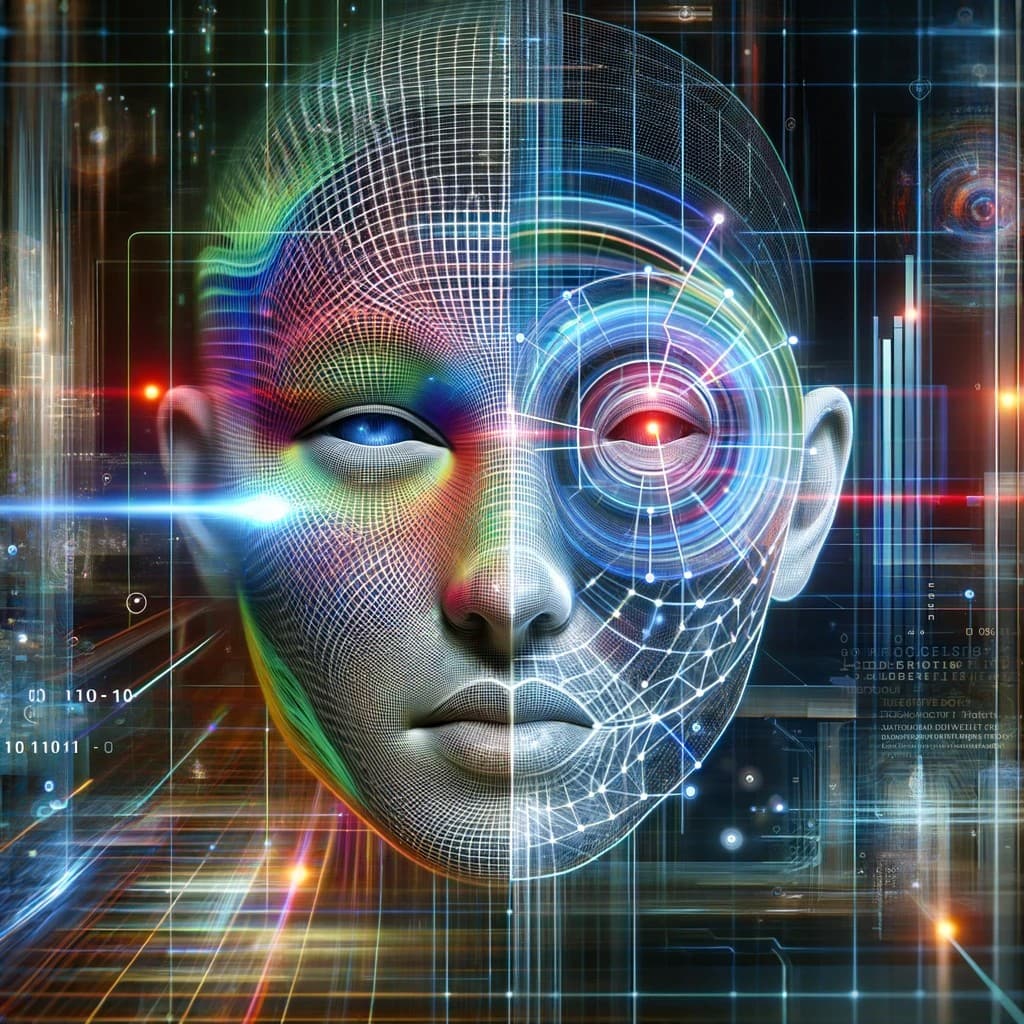As the world advances further into the digital age, AI face recognition is becoming an increasingly popular and efficient technology used to identify individuals. It is a form of biometrics that uses images, such as from a digital camera or video recording, to identify and authenticate people’s identities. This article will discuss the advantages and disadvantages of using AI face recognition for various applications, explain how the technology works, and provide answers to some of the most commonly asked questions about AI face recognition.

What is AI Face Recognition?
AI face recognition is the process of identifying an individual’s identity using facial recognition technology. In this process, the facial recognition software uses images or videos of the person’s face as its basis for recognizing them.
The technology takes the distinct features of the individual’s face such as a unique pattern of lines, curves, and features to match it up with a database of known individuals.
How Does AI Face Recognition Work?
AI face recognition works by understanding the unique features of an individual’s face and creating a 3D map of it. This 3D map is then compared to the 3D maps in the database of known individuals. If a match is found, the individual is identified. The accuracy of recognition increases when the number of matching points or features is higher.

Advantages of AI Face Recognition
One of the main advantages of AI face recognition is its accuracy and speed. Compared to other biometric technologies such as fingerprinting and voice recognition, AI face recognition is much faster and more precise. This makes it a great choice for identification and authentication applications. Additionally, the process is non-invasive and does not require any physical contact.

Another advantage of using AI face recognition is its portability. It can be used on any device, such as a desktop computer, laptop, smartphone, or tablet. This makes it ideal for widespread unsupervised use across many different types of devices.
Disadvantages of AI Face Recognition
Despite its many advantages, AI face recognition also has some potential drawbacks. For starters, the accuracy of the results can vary depending on the quality of images or videos used. Poor quality images or videos can lead to inaccurate results, and this can have serious consequences in certain applications.
Additionally, AI face recognition can be vulnerable to spoofing attacks, where someone uses a photograph of the individual whose identity is being verified in an effort to fool the system. This can make the system less secure and result in false identifications. Finally, AI face recognition can be expensive and require a large amount of energy to operate, making it costly to maintain.
Conclusion
AI face recognition is a powerful and efficient technology that can be used in various applications for identification and authentication. It is far more accurate and faster than other biometric technologies such as fingerprinting, and it is portable and non-invasive. However, it is vulnerable to spoofing attacks and can be expensive to maintain and operate.






